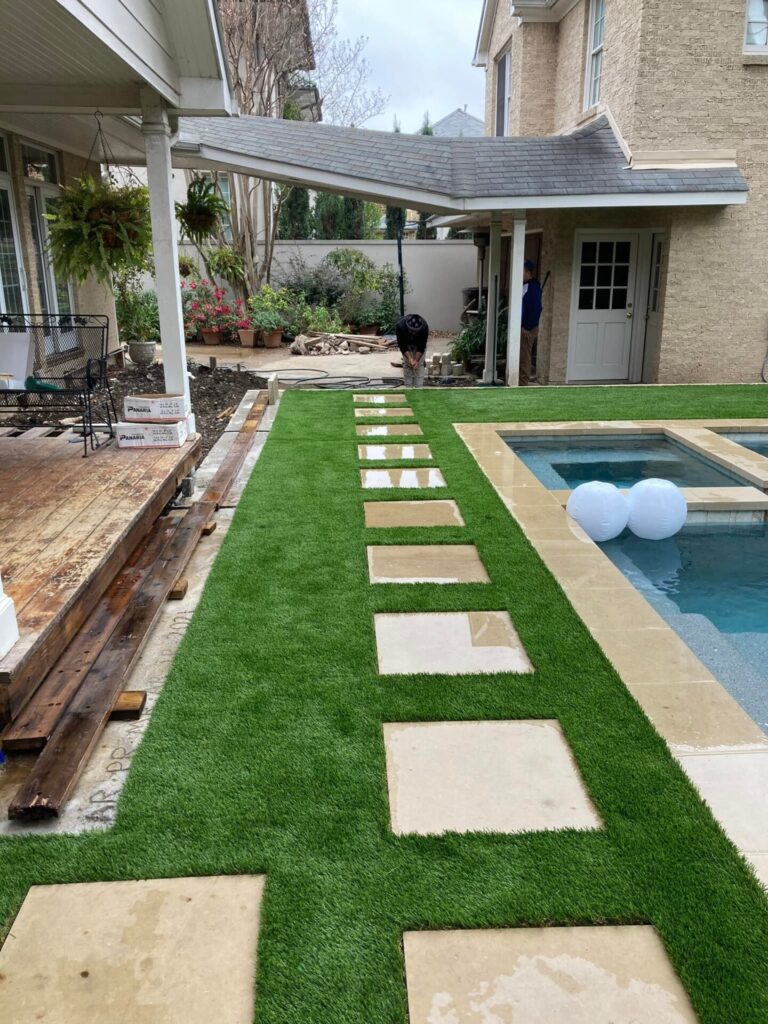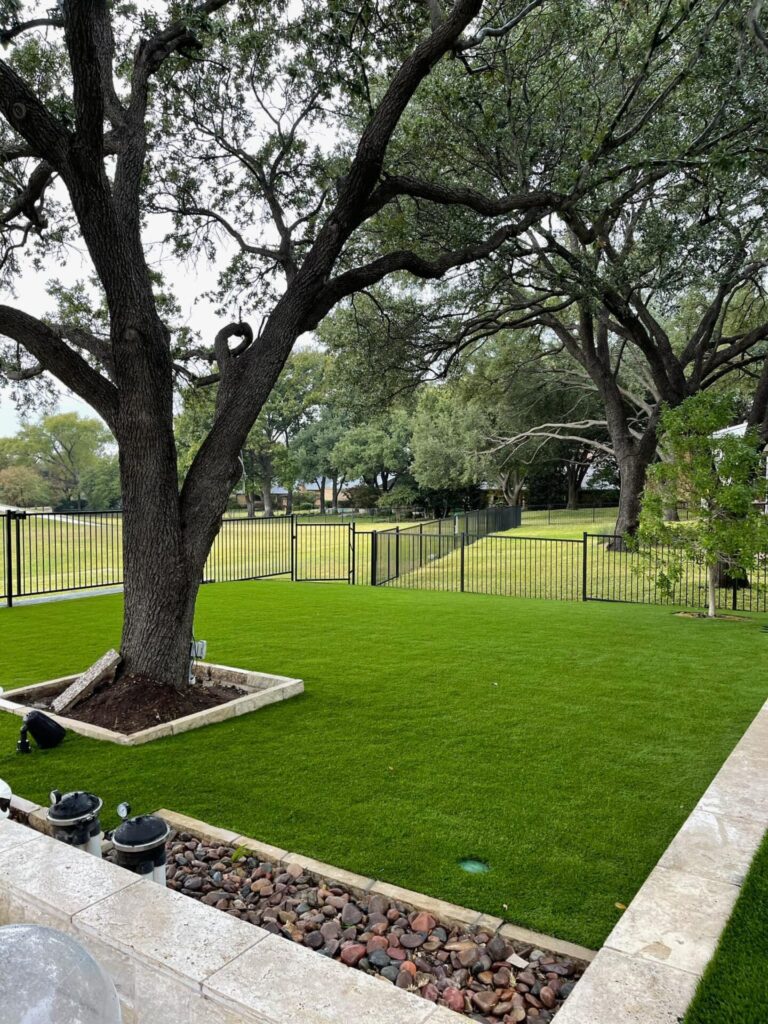Can You Save Water with Artificial Grass?
Traditional landscaped lawns, fields, and golf courses need a lot of water to remain beautiful and functional. However, people in some places, especially drought-affected areas, find this challenging.
As an alternative, manufacturers introduced artificial grass that doesn’t need too much water to maintain it. Since this grass doesn’t grow, frequent watering isn’t necessary to maintain its beauty. Therefore, it saves a lot of water.

How Does Artificial Grass Save Water?
Artificial grass saves you water by lowering your monthly water bill. This cost-savings capability can be desirable if you have a commercial property. You don’t need to water and maintain your grass frequently, like traditional lawns. Thus, you wouldn’t be forced to waste water using hoses and sprinklers on your grass during summer.
A good example of artificial grass’s water-saving advantages can be witnessed in the USA. California experiences a severe drought. Unfortunately, this problem is recurring and affects many people. The state government offers cash rebates to people who practice low water landscaping as a preventative measure.
How Much Water Can You Save with Artificial Grass?
Switching to artificial grass is an excellent way of saving water. However, the amount you can save depends on various things like what you are replacing. You will not save a lot of water if you replace a garden with native plants, like a garden with tropical plants. Note that the latter requires more water.
The other factor influencing the amount of water you can save is your lawn size. Putting artificial grass in large areas with natural grass saves more water than doing so on a smaller lawn.
Additionally, it also depends on your location. California residents, for instance, use about 35,000-75,000 gallons of water irrigating a 1,000 sq. ft. natural grass lawn. Therefore, if a gardener in this state decides to replace natural lawn grass with artificial grass, they can be saving approximately 55,000 per 1,000 square feet lawn. Plus, artificial grass can have an estimated lifespan of 20 years. Therefore, if you take this into account, you can save as much as 1,100,000 gallons of water during your lawn’s lifespan.
How Much Can I Save on Water Bills with Artificial Grass?
Besides being environmentally friendly, saving water also helps lower your water bills. The amount can vary depending on the state and the water use of an individual.
For instance, San Diego charges the first four hundred cubic feet (HCF) at $4.504/HCF plus the base fee. For each HCF one uses over 18 HCF, it is charged $10.134 per HCF.
Each HFC is equal to 748.05 gallons of water. So, this means that if a family irrigates 1,000 square feet of lawn using 55,000 gallons, they will use approximately 73.52 HCF. Multiply this with the rate of $10.134 per HCF to get the amount you’ll save if you choose to use artificial grass.
Contact us if you have any questions that need answers.


